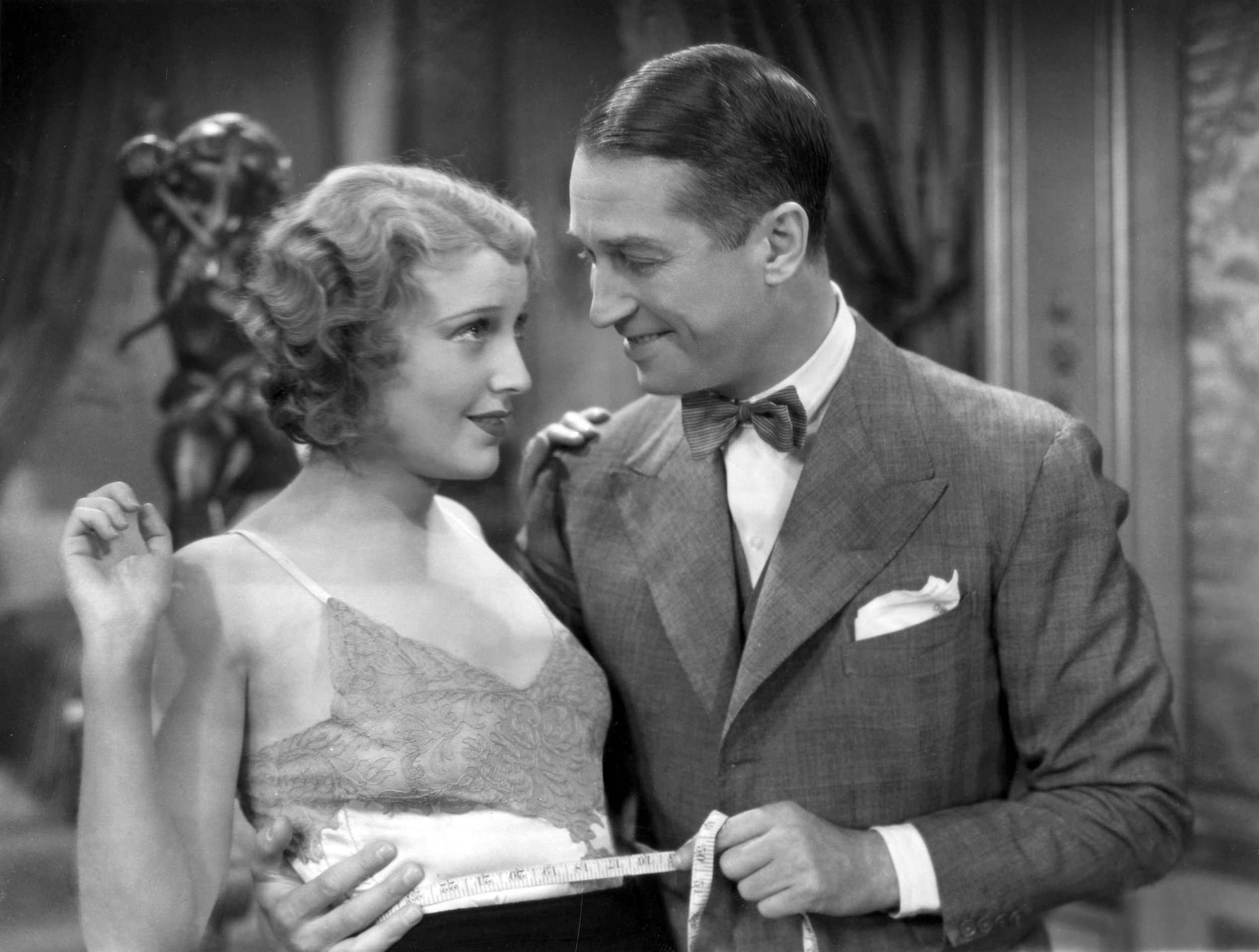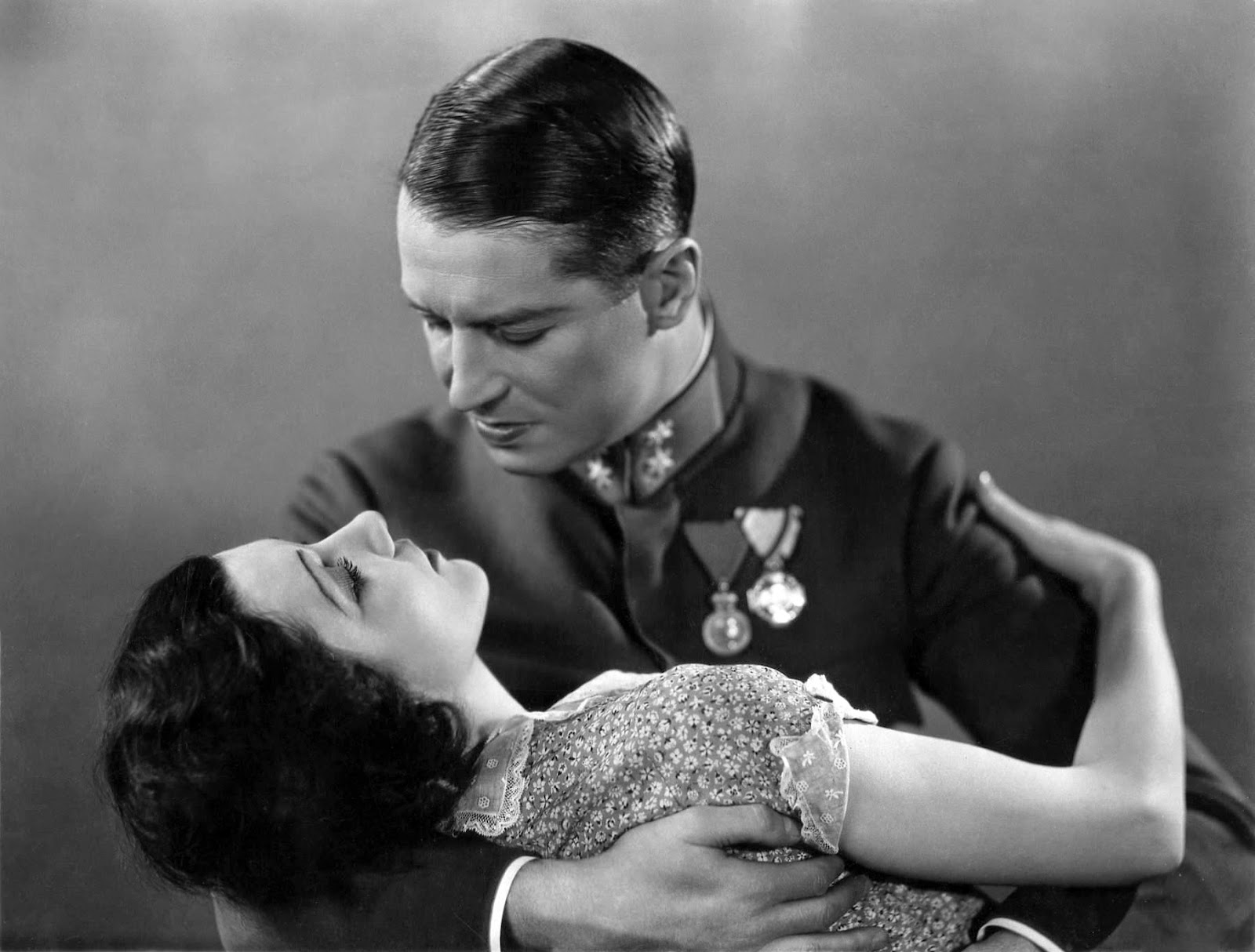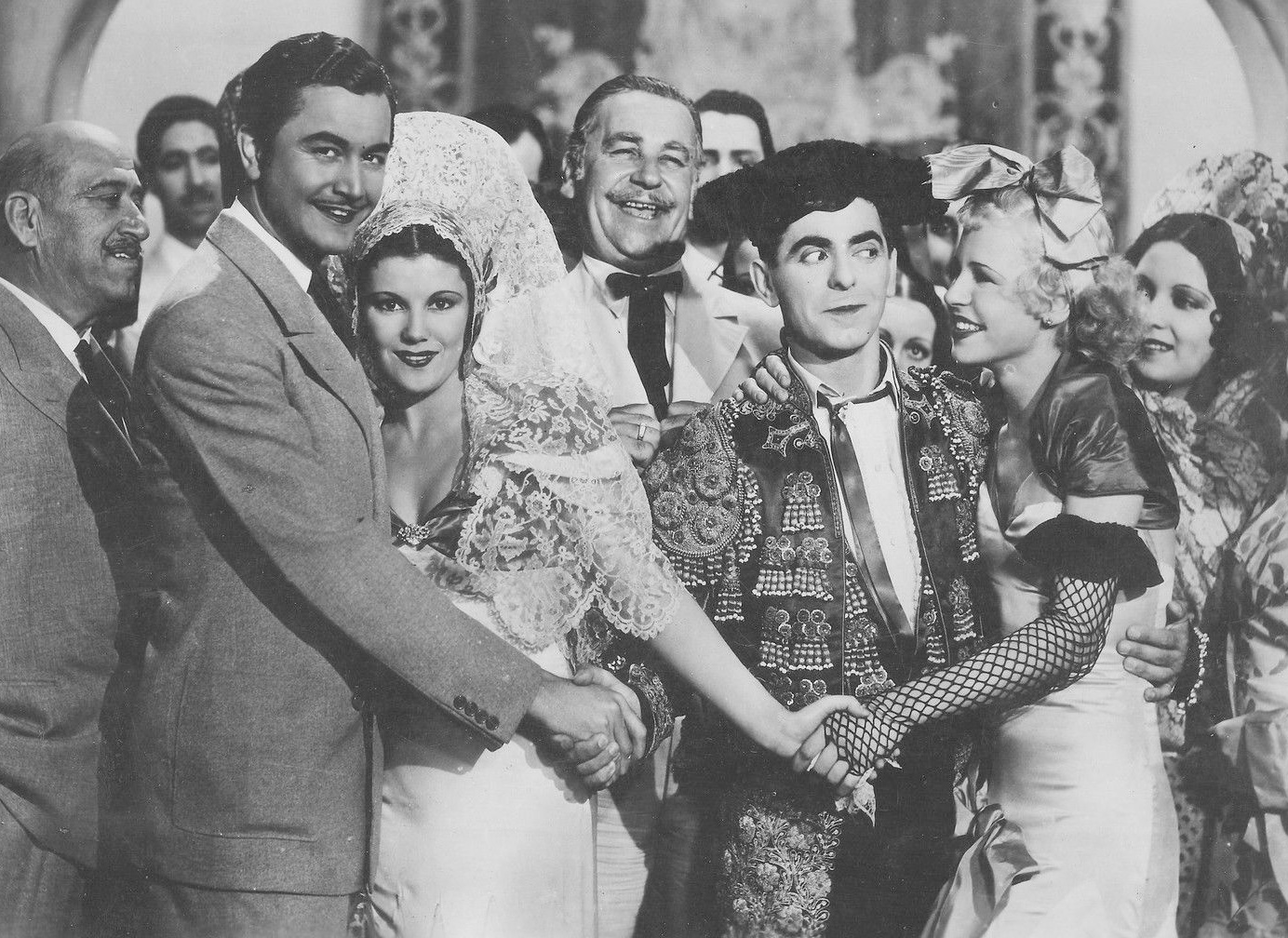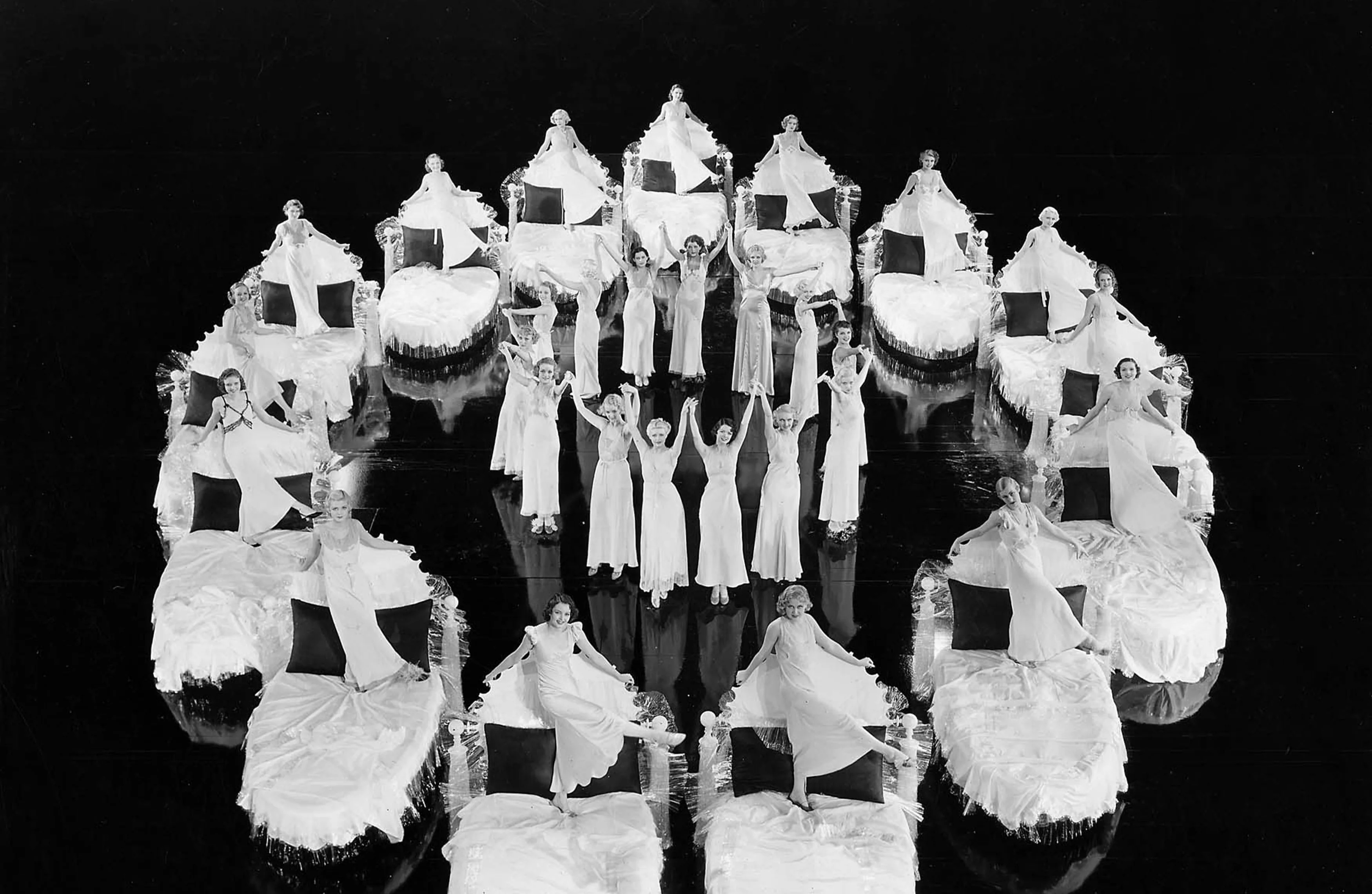Pre-Code Musicals on Film
"When the movies learned to speak, singing soon followed," wrote scholar William Kenly. Hoping to capitalize on the invention of pre-recorded film sound, filmmakers in the late 1920s and early 1930s used the musical as a testing ground for depicting sound and dance onscreen. Studios became inundated with Broadway stars abandoning theater careers for the promise of success in sound film, including Ginger Rogers, Claudette Colbert, and Eddie Cantor, as well as Rouben Mamoulian and George Cukor, who had already received acclaim for their Broadway direction. Before the enforcement of the Hays Code in mid-1934, Hollywood musicals were marked by their candid portrayals of sexuality and class struggle. Often focusing on the backstage dynamics of struggling performers navigating an exploitative industry — especially in the films of choreographer Busby Berkeley — under the surface of these films' deceptively lighthearted fare lie earnest meditations on life in Depression-era America. Far from being simple entertainment, the films' exploration of filmic versus theatrical space and spectatorship was quite radical, as directors juxtaposed the dreamlike "non-space" of the stage with the Art Deco architecture of the modern city. These pre-Code musicals endure as evidence of the boldness of early Hollywood, at once glamorous and subversive.
Hallelujah (1929)

King Vidor · 100m · 35mm
One of the earliest major productions to feature an all Black cast, Hallelujah tells the story of Zeke, a man from a community of tenant farmers caught between his Baptist ministry and his lust for Chick, a flirtatious girl enigmatically portrayed by Nina Mae McKinney. Although the film is not rid of stereotypes, W. E. B. Du Bois wrote that the film’s "scenes of religious ecstasy rise to magnificent drama" that are "singularly true to life."
Thursday, July 17 7:00 PM · Friday, July 18 4:00 PM
Love Me Tonight (1932)

Rouben Mamoulian · 88m · 35mm
Maurice Chevalier and Jeanette MacDonald star in this fairy-tale story of a tailor and a princess. A wealth of classics by songwriters Rodgers and Hart (“Love Me Tonight,” “Isn’t It Romantic?”), the latter song is featured in a memorable sequence where the two main characters are connected by a melody, passed person-to-person between them. It is music that forms the logic of this filmic world, where even the rhythms of daily life can become the beginnings of a song.
Thursday, July 24 7:00 PM · Friday, July 25 4:00 PM
The Smiling Lieutenant (1931)

Ernst Lubitsch · 93m · 35mm
Maurice Chevalier stars as the titular lieutenant, who, in a quick twist of fate, finds himself caught between the loves of his girlfriend (Claudette Colbert) and the princess he now has to marry (Miriam Hopkins). In typical Lubitschean fashion, much can be found in the subtext, and stuffy social mores are roundly ridiculed. However, most touching is the relationship between the two female leads, as one attempts to help the other win over her own lover.
Thursday, July 31 7:00 PM · Friday, August 1 4:00 PM
The Kid from Spain (1932)

Leo McCarey · 96m · 16mm
In an attempt to escape arrest for a crime he didn’t commit, Eddie Williams (Eddie Cantor) lands himself in deeper trouble when he claims to be a famous Spanish bullfighter named Don Sebastian II. Now finding himself on the hook for an appearance in the ring, he must juggle his new persona with a burgeoning romance, all while outmaneuvering the law…. Predictably, comedic hijinks abound in this spectacle-filled number from director Leo McCarey.
Thursday, August 7 7:00 PM · Friday, August 8 4:00 PM
Dames (1934)

Busby Berkeley, Ray Enright · 91m · 35mm
Millionaire Ezra Ounce seeks to root out the center of immorality in America — Broadway. There’s only one catch: a number of his relatives have connections to the theater system. Made in 1934 at the height of choreographer Busby Berkeley’s success (by this time he had earned his own unit on the Warner Brothers lot), Dames is another gem in his filmography, complete with stunning visual effects and the original performance of "I Only Have Eyes for You."






